The film starts with an old enemy, Gyaos, star of two Showa-era Gamera films, and the main antagonist in Gamera, Guardian of the Universe.
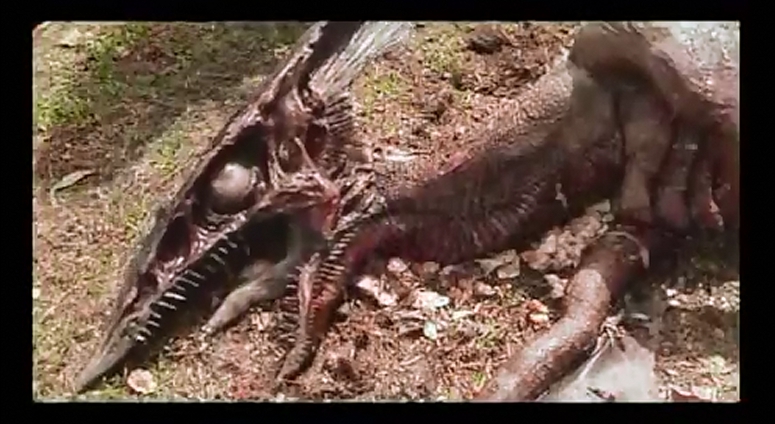
Directly after this, a deep-sea vessel discovers a graveyard of not one, but dozens of dead Gameras. So our heroic turtle isn't just an anomaly, he's part of a long line of Gameras. This brings up questions unanswered by the first film of the Heisei seriesd, as well as calling all the way back to the original 1965 Gamera. It also imparts a history to both of the Gyaos and Gamera himself.
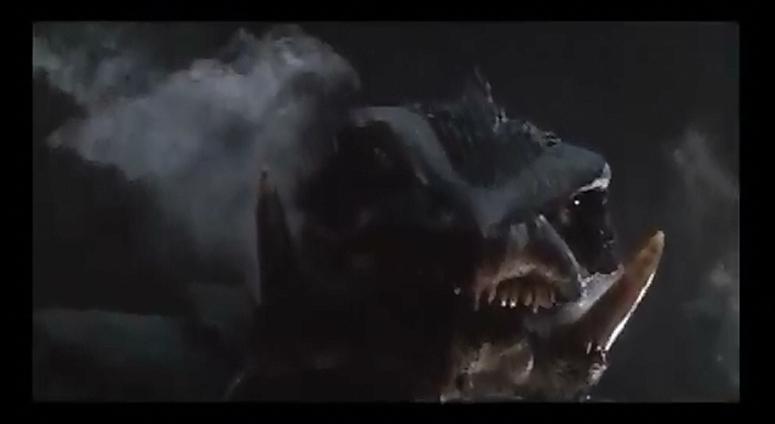
Previously, Gamera had a connection to Asagi Kusanagi. That link was sacrificed in the previous film, and here, Gamera is much more destructive than he has been. Additionally, that previously-benign relationship can be poisonous if the individual taking that psychic connection has a lot of issues. Ayana Hirasaka, who forms a link with the Iris guardian, has been traumatized by the loss of her parents and the bullying of her fellow students. When given the power to appease her appetite for destruction, it doesn't go well for anyone. This is a definite swerve for the series. Rather than concentrating on the monsters, The Revenge of Iris looks at the trauma caused by the giant monsters that stomp through cities, examnining the broken lives in their wake. Gareth Edwards' 2014 Godzilla had moments of ths, but wasn't as willing to put an unflinching eye to the human misery around the monsters' feet.
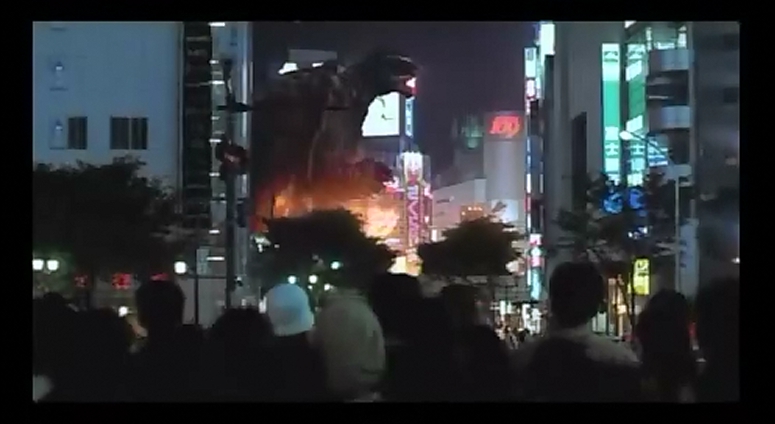
Gamera's introduction, twenty-three minutes into the film, is brutal. After burning a Gyaos over Tokyo, he lands. As he walks, buildings crumble and people are crushed under the debris. Later estimates of fifteen to twenty thousand people are killed ast Gamera pursues the Gyaos without respect for the humans at its feet. It breathes fire through buildings to get a better angle, blows up streets with near-misses. In the end, Tokyo is a sea of fire, much as it was during the 1954 Godzilla rampage. And Gamera is again put on the military's hit list.

Meanwhile, Asagi is raising Iris, a tentacle monster that is a guardian spirit similar to the Phoenix. It grows from a small snail-like thing to a huge, gossamer-winged tentacle beast with arrowhead-like spiky bits. Like the Legion Queen, the construction is amazingly detailed, and must have been incredibly complex to work. Like Gamera, it's no angel, requiring body fluids to feed on. And humans are plentiful and convenient.
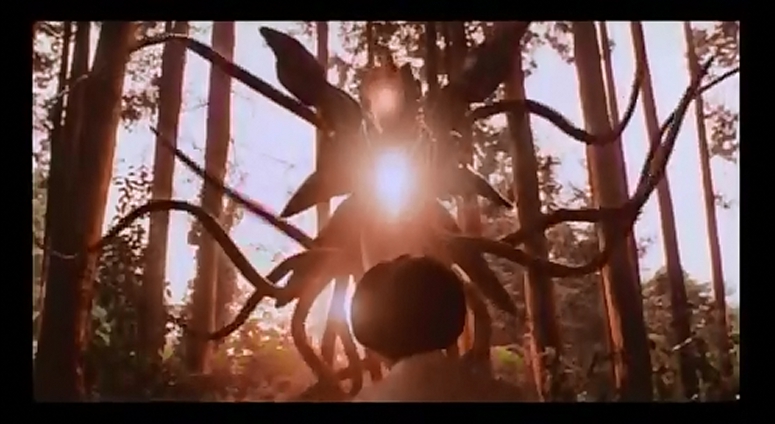

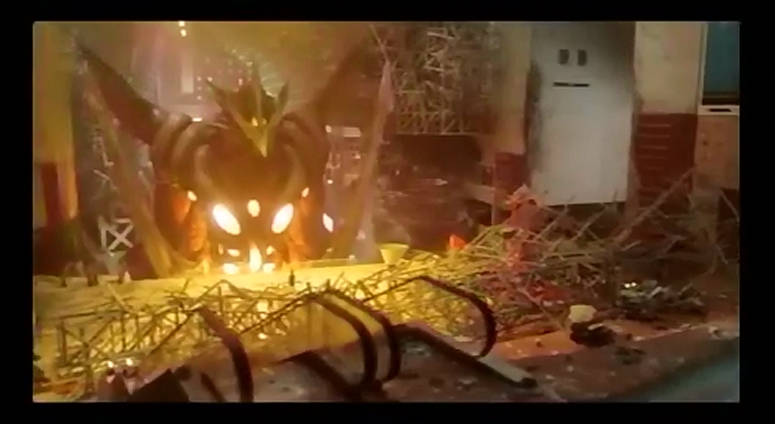
It has been fascinating watching Godzilla and Gamera swap ideas back and forth. In the late sixties, Godzilla attempted to court Gamera's audience. In Gamera's Heisei series, many ideas are borrowed from Godzilla. The heavily tentacled form of Iris is reiminscent of Biollante, especially when Gamera gets a tentacle through the hand. f Also the concept that the two monsters come from the same source, although in this case, gamera and Iris share the same creators, rather than sharing DNA. The idea that the friendly creature is from time immemorial awakened to fight its ancient enemies is central to Godzilla 2014.
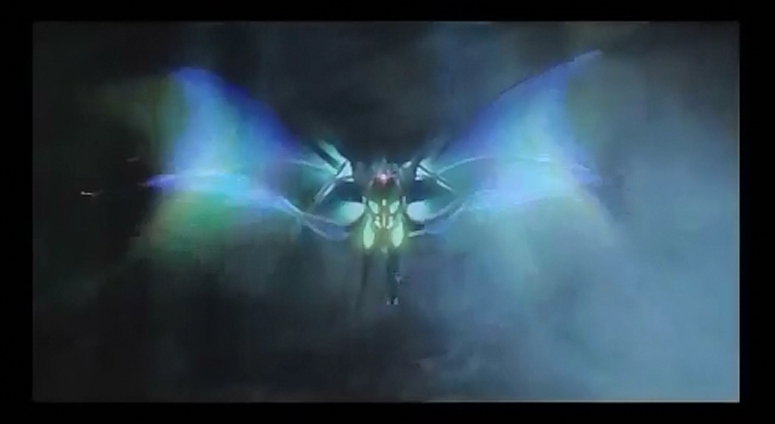
The biggest subversion of the usuak kaiju tropes is that we do not see the ultimate fight. Gamera defeate Iris, which should have been its ally, and then, wounded, must confront dozens of Gyaos. But Gamera has his badass walk through the burning ruins before roaring a chellenge at his enemies. Gamera will never stop fighting. But we never see that last fight against the Gyaos. We never see the end.
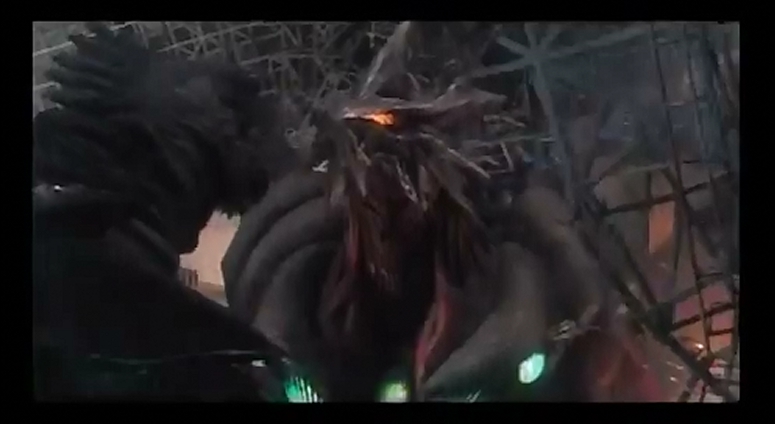
Gamera 3: The Revenge of Iris is an impressive film, well made, with a compelling plot, and good characters. It actually has less Gamera action in it than the previous two films in the franchise, but monster action defines a kaiju film, and is not what makes it great.Gamera 3 involves the audience in the lives of the people impacted by the kaiju, gives them very real jobs to do. Even the unlikeable characters are memorable.
You know who else made a comeback in 1999? Yonggary, of course.
No comments:
Post a Comment